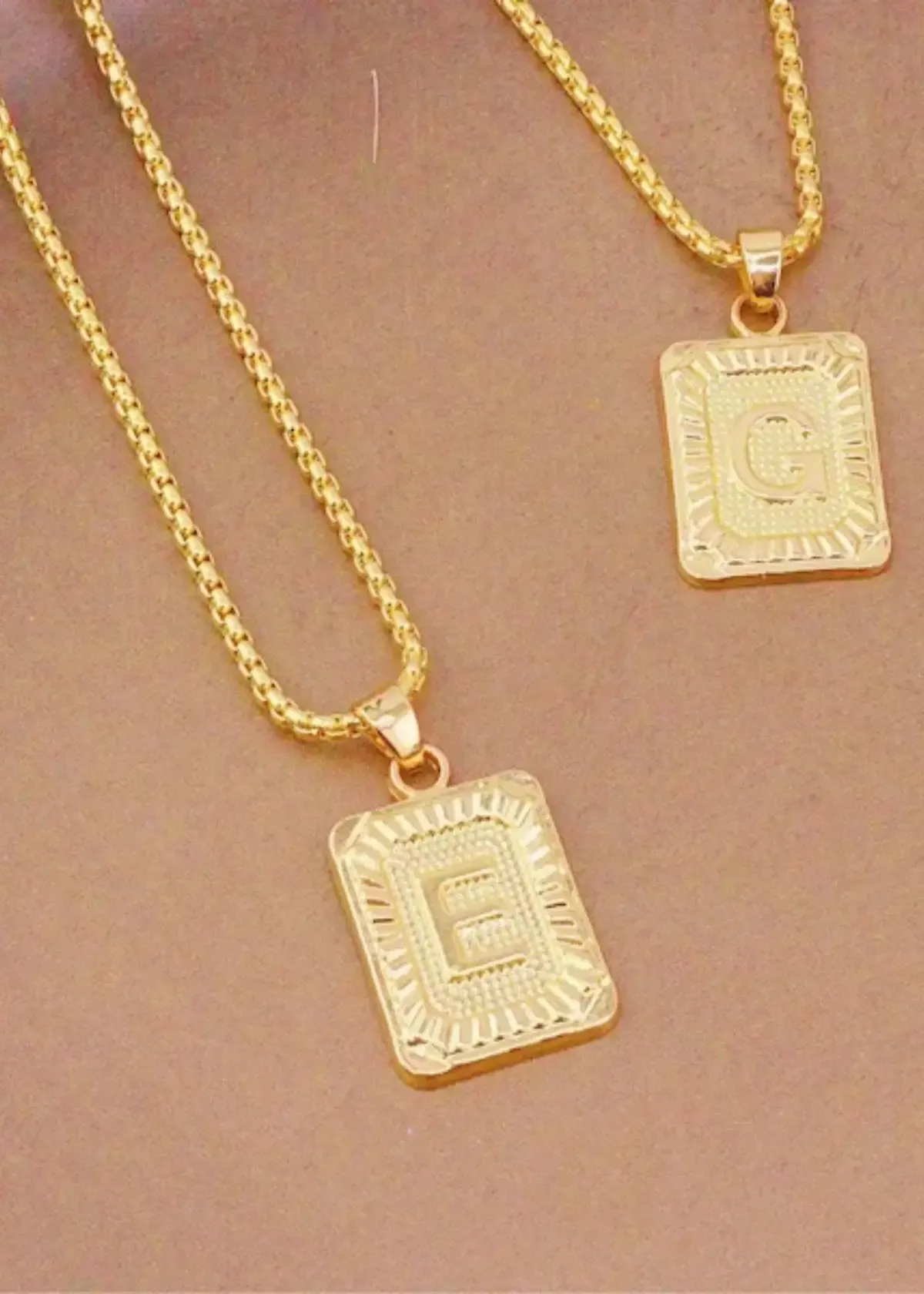It is irrefutable that water and jewelry do not mix well. It is, therefore, crucial to know whether your jewelry is waterproof. Most people think all jewelry is waterproof, a common misconception that can lead to loss, especially when exposing your jewelry to or around water bodies. The last thing anyone wants is to realize that their favorite jewelry piece is dull or corroded due to water exposure. In this blog, we explore ensuring that your jewelry is waterproof and saves you from potential losses.
To begin with, it is essential to understand that terms like water-resistant and water-proof are not interchangeable. Water-resistant jewelry can survive brief contact with water but cannot withstand prolonged exposure. On the other hand, waterproof jewelry can survive repeated immersions in water for extended periods. However, waterproofing does not necessarily mean that the jewelry is intended for diving or swimming in water. Therefore, it is prudent to often look for labels or instructions from the manufacturer to ascertain your jewelry's waterproofness level.
Secondly, the sealing quality of a jewelry piece's exposed parts determines whether it is waterproof. Some jewelry pieces, like watches, have their critical parts enclosed with rubber gaskets, which prevent water from entering. Ensure the gaskets are in excellent condition and do not degrade over time. If the rubber gaskets crack or deteriorate, it's a clear sign that your jewelry is no longer waterproof. Similarly, some jewelry pieces like bracelets and necklaces have clasps that require frequent maintenance or reconditioning to ensure they are waterproof.
Thirdly, the material that makes up your jewelry controls its waterproofness. It is crucial to know that not all metals or stones are waterproof. Jewelry made of corrosion-resistant metals such as stainless steel, gold, and platinum tends to be more waterproof. Corrosion is an electrochemical reaction that makes metals degrade and can be accelerated by water and air or salt substances, primarily when used together. It's also crucial to avoid using jewelry that combines steel, tungsten, titanium, and carbon fiber because they are not waterproof.
Fourthly, knowing the specific activities your jewelry can survive is vital. Some jewelry, such as necklaces or bracelets, can survive occasional splashes or swimming, but diving or long-term water exposure can damage them. Similarly, knowing the degree of waterproofness of your jewelry is vital; some pieces can only survive submergence 10 meters deep, while others can withstand depths of up to 100 meters. Always remember to check manufacturer labels to get adequate information.
Finally, you can also review your jewelry's waterproofness by yourself before exposing it to water. Place your jewelry near water and examine it for several minutes. If you can identify any signs of tarnishing or dullness, it's a clear indication that your jewelry is not waterproof and can be damaged. If it remains glossy and shiny, you are likely good to go. However, it's essential to note that each jewelry item has its unique level of waterproofness, and reviewing may not always be accurate.
Owning waterproof jewelry is convenient and eliminates the constant fear of damage whenever you are around water. To ensure that your jewelry is truly waterproof, you should understand terms like water-resistant and waterproof, inspect the sealing quality of exposed parts, know the types of materials that make up your jewelry, know the activities it can survive, and conduct self-reviews. By following these tips, you can save yourself from unexpected damage to your favorite jewelry pieces and enjoy them for longer.
Are you tired of constantly removing your jewelry before jumping in the pool or showering? Say goodbye to that hassle and hello to waterproof jewelry! We have researched and found the best waterproof jewelry for you so you can enjoy your summertime activities without having to worry about ruining your beloved accessories. From elegant earrings to trendy bracelets, our collection has something for everyone. So what are you waiting for? Click the link and find your next favorite waterproof jewelry piece!
What are some innovative features of modern waterproof jewelry?
Modern waterproof jewelry showcases a remarkable array of innovative elements. Beyond using water-resistant materials like silicone and ceramic, contemporary designs employ cutting-edge sealing techniques, creating a dual layer of protection against moisture infiltration. Some visionary pieces incorporate sophisticated electronics, including microchips and sensors, which offer real-time monitoring of the jewelry's condition, allowing wearers to track its performance and maintain its integrity effectively. These groundbreaking features not only enhance water resistance but also elevate waterproof jewelry's convenience, functionality, and versatility to unprecedented heights, catering to the evolving demands of today's discerning consumers.

What are the environmental considerations of waterproof jewelry production?
Sustainability has become a pivotal concern within the realm of waterproof jewelry manufacturing. Ethical material sourcing is paramount, encompassing responsible mining and recycling of metals and gems, reducing the industry's ecological footprint. Forward-thinking manufacturers adopt eco-conscious production methods, such as electroplating with low-impact chemicals and implementing comprehensive water recycling systems. Furthermore, visionary brands are exploring groundbreaking concepts, such as developing biodegradable waterproof jewelry, aligning seamlessly with the global shift toward eco-friendly and sustainable accessories.

What is the history of waterproof jewelry?
The history of waterproof jewelry is a captivating odyssey through time, rooted in practical necessity. Initially crafted for sailors and divers, these pieces relied on innovative techniques and materials like resin to establish watertight barriers, allowing wearers to withstand the elements while maintaining their adornments. Over centuries, as metallurgy and craftsmanship advanced, waterproof jewelry transformed from utilitarian origins into a harmonious fusion of functionality and fashion. It spans a diverse spectrum of tastes and styles today, making it an exceptionally versatile choice that resonates with those who value aesthetic appeal and enduring resilience.

How are gemstones set in waterproof jewelry to maintain their integrity?
The meticulous art of setting gemstones in waterproof jewelry marries aesthetics with functionality. This involves employing techniques such as bezel settings, where the gem is entirely encased in metal, and channel settings that provide another layer of protection. These methods ensure that gemstones remain firmly in place, even when exposed to water-intensive environments. Advanced adhesive technologies are utilized to augment water resistance, coupled with precision craftsmanship that preserves the gem's brilliance and structural integrity. This meticulous approach ensures the reliability of waterproof jewelry and elevates it to the exquisite visual allure that captivates discerning connoisseurs.

How are waterproof jewelry pieces designed for comfort and durability?
The design ethos underpinning waterproof jewelry places an unwavering emphasis on wearer comfort and long-lasting durability. Designers frequently opt for ergonomic shapes that seamlessly conform to the wearer's body, mitigating discomfort during extended wear, regardless of the activity. The selection of lightweight, hypoallergenic materials, such as medical-grade silicone or titanium, is a deliberate choice, offering both comfort and resistance to the wear and tear associated with water-related activities.
Should I buy a waterproof jewelry piece for a child?
Deliberating the purchase of waterproof jewelry for a child is a prudent consideration, especially if they lead a dynamic lifestyle or frequently engage in water-based activities. These meticulously engineered pieces are designed to withstand the rigors of daily use, offering aesthetic appeal and unparalleled durability. However, the paramount concern when selecting jewelry for children remains safety. Opt for age-appropriate designs and materials, such as breakaway clasps for necklaces and secure, child-friendly closures for bracelets, ensuring your child can enjoy their waterproof jewelry safely and without reservations.







